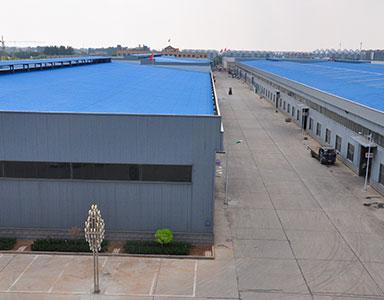Understanding Absorptive Noise Barriers A Key Solution for Urban Sound Management
In the quest for quieter urban environments, absorptive noise barriers have emerged as a vital solution for mitigating sound pollution. These structures are designed to absorb sound waves, rather than reflecting them, thereby minimizing noise levels in surrounding areas. With the rapid urbanization and continuous growth of traffic, particularly from roadways and railways, noise pollution has become a pressing concern for many communities.
Absorptive noise barriers are typically constructed with materials that have high acoustic absorption qualities. These may include specialized composites, porous materials, or sound-absorbing foams, which are engineered to capture and reduce sound energy. Unlike traditional reflective barriers made of concrete or metal that bounce noise back into the environment, absorptive barriers transform sound waves into a small amount of heat. This process significantly reduces the echo and resonance commonly associated with loud noise sources.
One of the main advantages of absorptive noise barriers is their effectiveness in a variety of environments
. In densely populated urban areas, they can be strategically placed alongside roads, railways, and industrial zones to shield residential neighborhoods from disruptive noises. For example, a highway may generate significant sound levels that can encroach upon nearby homes, but by installing absorptive barriers, the noise can be reduced to more tolerable levels, improving the quality of life for residents.absorptive noise barrier

Moreover, the aesthetic aspect of absorptive noise barriers is also noteworthy. These barriers can be designed to blend with the landscape, incorporating greenery or art to enhance the visual appeal of the area. This approach not only alleviates noise but also contributes positively to the urban landscape, fostering a sense of community and promoting environmental sustainability.
Research shows that the effectiveness of an absorptive noise barrier depends on various factors, including its height, length, and the type of material used. The positioning of these barriers is equally crucial; they must be strategically placed at optimal distances from noise sources to achieve maximum sound reduction. Studies indicate that a well-designed barrier can reduce noise levels by 5 to 10 decibels, which can make a significant difference in noise perception.
In conclusion, absorptive noise barriers represent an effective and aesthetically appealing solution to urban noise pollution. As cities continue to expand, the integration of sound management strategies like these barriers is essential to ensure that urban living remains comfortable and sustainable. It is imperative that urban planners and architects consider the installation of absorptive barriers in future developments to enhance the quality of life for all city dwellers.
-
Why Galvanized Trench Cover Steel Grating Resists Corrosion
NewsJul.10,2025
-
The Versatility and Strength of Stainless Expanded Metal Mesh
NewsJul.10,2025
-
Load Calculations in Steel Grating Platforms
NewsJul.10,2025
-
Keeping Pets and Kids Safe with Chicken Wire Deck Railing
NewsJul.10,2025
-
Hole Diameter and Pitch for Round Perforated Metal Sheets
NewsJul.10,2025
-
Aluminium Diamond Mesh in Modern Architecture
NewsJul.10,2025
Subscribe now!
Stay up to date with the latest on Fry Steeland industry news.

